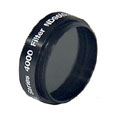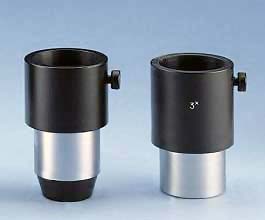| Recommended Books |
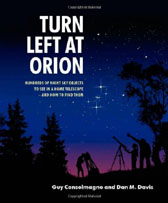 |
Turn Left at
Orion: Hundreds of Night Sky Objects to See in a Home Telescope - and
How to Find Them [Spiral-bound] by Guy Consolmagno and Dan M. Davis |
 |
A History of
the Universe in 100 Stars by Florian Freistetter Then there are certain stars used by astronomers to search for extra-terrestrial life, to explore interstellar space travel, or to explain why the dinosaurs became extinct. In 100 short, fascinating and entertaining chapters, Freistetter not only reveals the past and future of the cosmos, but also the story of the people who have tried to understand the world in which we live. |
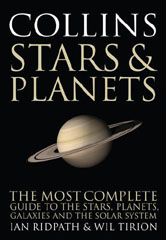 |
Collins
Stars and Planets Guide (Collins Guide) (Paperback) by Ian Ridpath and
Wil Tirion Previously entitled ‘Collins Pocket Guide Stars and Planets’, this classic guide to the night sky enters its fourth edition as part of the authoritative ‘Collins Guide’ series. A comprehensive guide to all the stars and celestial objects visible with the use of binoculars or an average-sized telescope, this fully revised edition features updated and extended text, improved sky charts, and new diagrams and photographs. Includes: • Unique yearly
planetary data, available as a downloadable web resource • Monthly sky maps of the northern and southern hemispheres, so you can identify constellations and bright stars from various latitudes throughout the year • Descriptions of all the 88 constellations and their stars opposite a specially prepared chart showing the constellation in relation to the surrounding skies • Detailed information on stars, nebulae, galaxies, the Moon and the Solar System • Practical advice on choosing and using binoculars and telescopes In addition to the charts and diagrams, the text is accompanied by many photographs throughout, making this the most practical and comprehensive guide to the night sky. |
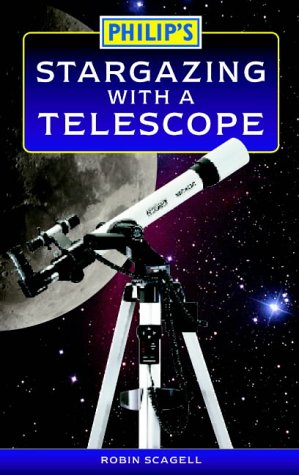 |
Philip's Stargazing
With a Telescope by Robin Scagell It gives practical help for setting up and using any telescope, and provides lists of objects to look at with different sizes of telescope, from both town and country, including the Sun, Moon, planets, comets, asteroids, stars, clusters, variable stars, double stars, novae and supernovae, nebulae and galaxies. |
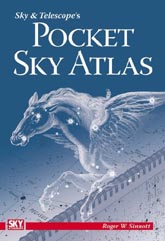 |
Sky &
Telescope's Pocket Sky Atlas [Spiral-bound] by Roger W Sinnott Thia is a brilliant
atlas in full colour, with all objects colour-coded for easy identification,
being spiral-bound it is easy to use when out on location and all the
pages are marked like a road map with pointers to the next page in the
sequence. Great for the visual observer who wants to learn how to star-hop
to find objects. Highly recommended! |

